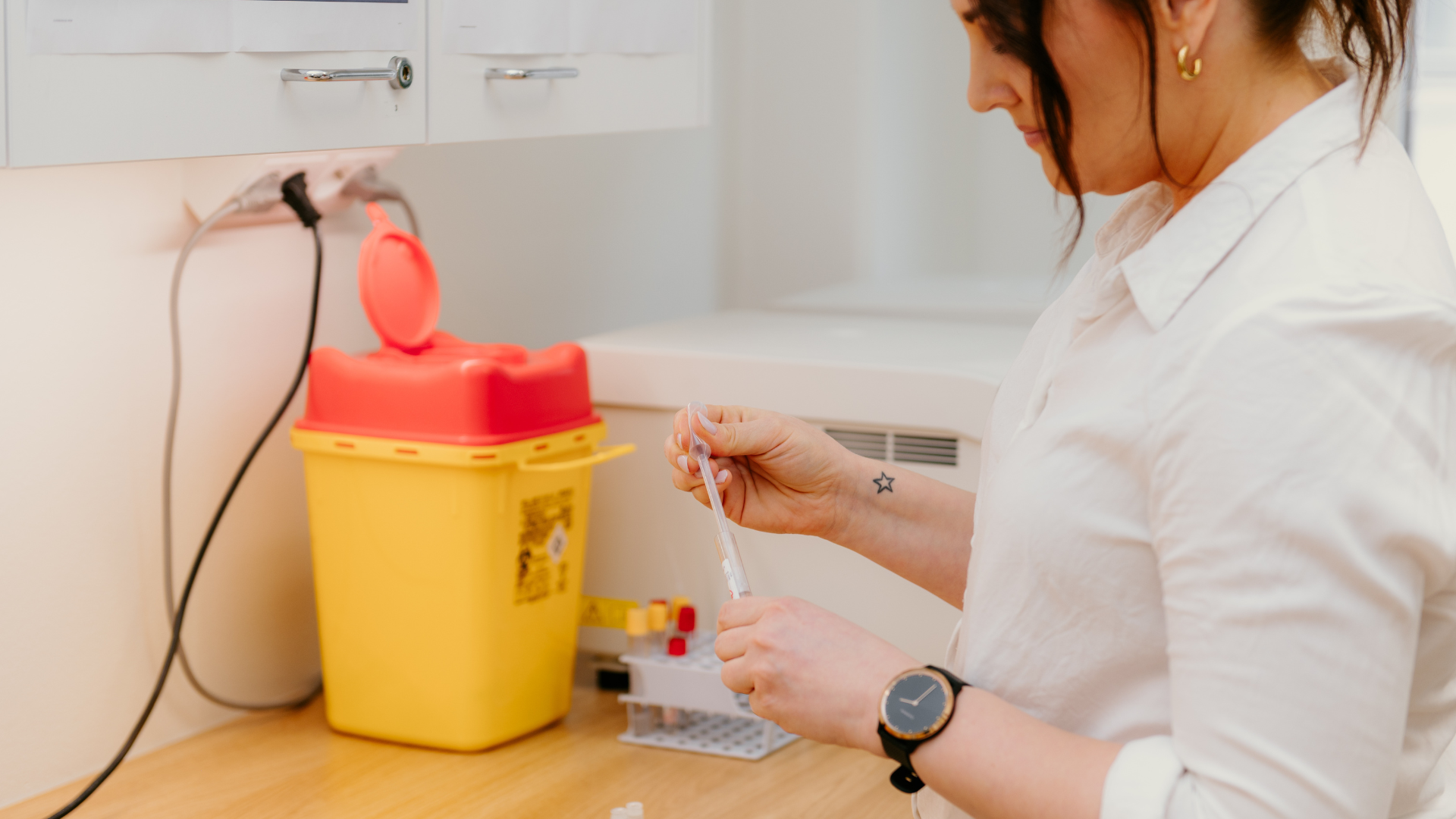
Chickenpox and shingles are caused by the varicella-zoster virus, a member of the herpesvirus family. Before childhood vaccination began, chickenpox was a common childhood illness in Finland—up to 95% of the population contracted it before adulthood. After recovery, the virus remains dormant in the body and can reactivate later, causing the painful rash known as shingles.
The virus spreads via respiratory droplets when an infected person coughs, or through fluid from skin blisters. Chickenpox has an incubation period of 10–20 days. It typically begins with red raised spots that develop into fluid-filled blisters and eventually scab over. Blisters usually form for no more than a week. Children often experience fever, fatigue, headache, and itching.
Adults and those with weak immune systems—such as cancer or organ transplant patients—are at greater risk for severe complications. Infection may require hospitalization if a high fever or secondary skin infection arises (often from scratching), potentially leading to sepsis, which can be fatal. In some cases, complications such as pneumonia or encephalitis occur.
Pregnant women are particularly vulnerable; they have a higher risk of developing pneumonia, and in 1–3% of cases, the infection may harm the fetus. If a mother contracts chickenpox just before birth, the newborn may face a life-threatening infection.
Finland has two chickenpox vaccines: Varivax® and Varilrix®, both containing a live, weakened form of the virus. Differences between them are minimal, and they are interchangeable. Varivax® is included in the national vaccination program and administered to children at 18 months and around age 6. A single dose provides up to 85% protection, while two doses bring efficacy to 98%.
Research—including the only placebo-controlled efficacy trial—has significantly contributed to vaccine approval in healthy children. Additional studies have explored combining the chickenpox vaccine with the MMR vaccine (e.g., as part of a tetravalent formulation like Priorix-Tetra® or ProQuad®), now used in several countries.
Finland was the first Nordic country to integrate chickenpox vaccination into its national program (2017). The schedule targeted all children under 11 who hadn’t had chickenpox; two doses were administered by the end of age 12.
Vaccination is also strongly recommended for individuals over 12 who have not had chickenpox, as the disease is more severe in teens and adults. The schedule for this group is two doses, three months apart.
Vaccination may be considered for immunocompromised individuals—such as cancer, transplant, or HIV patients—but must be tailored individually due to potential health implications and immunological risks. Vaccination of household members and caregivers is also recommended to protect vulnerable individuals.
Vaccination is contraindicated for pregnant women and those allergic to neomycin, which is used as a preservative in the vaccine.
Since the start of vaccination, cases among children have plummeted, as have healthcare visits related to the disease. Two doses of the vaccine reduced pediatric healthcare visits by over 95% in 2022 compared to pre-vaccination years. Even unvaccinated infants under one year saw an 87% drop in cases, suggesting strong herd immunity.
Still, about one in ten children lack vaccine protection, meaning outbreaks remain possible—especially among unvaccinated adults, some of whom may contract chickenpox during overseas travel. FVR aims to further improve vaccination coverage and ultimately eliminate the disease.
Chickenpox can only be contracted once. However, the virus remains dormant and may reactivate years later, causing shingles. Approximately 10–20% of people develop shingles, most commonly after age 60. Children vaccinated against chickenpox rarely develop shingles, and widespread vaccination is expected to significantly reduce shingles cases over time.
However, shingles in older adults remains a concern—they could still transmit chickenpox to unvaccinated children. Therefore, maintaining protection across age groups remains important.
Two shingles vaccines are available in Finland: Zostavax™ (Merck) and Shingrix® (GSK), approved in late 2017. Clinical trials indicate Shingrix® provides robust protection—over 90%, peaking at 97%.
Vesirokon ja vyöruusun aiheuttaa varizella zoster -virus, joka kuuluu herpesvirusten ryhmään. Ennen rokotusten aloittamista vesirokko oli Suomessa yleinen lasten virustauti, jopa 95 % väestöstä sairasti vesirokon ennen aikuisikää. Vesirokon sairastamisesta varizella zoster -virus jää piilevänä elimistöön ja voi aktivoitua uudelleen aiheuttaen kivuliaan vyöruusun.